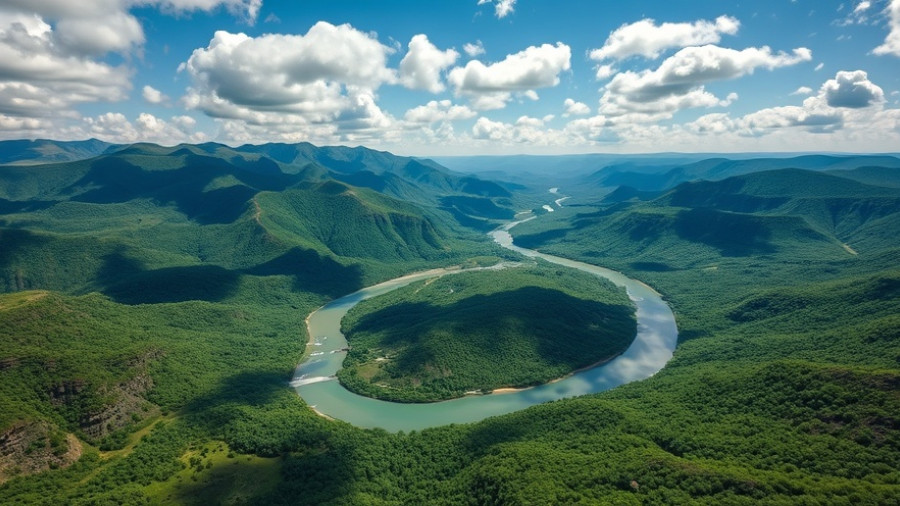
A New Chapter in Mining: The New Polaris Gold Mine
As the world grapples with climate change, the debate over resource extraction takes on new urgency. At the heart of this contention is the proposed New Polaris gold mine in British Columbia, a site steeped in environmental concern and historical mining legacies. This gold mining venture by Canagold Resources aims to revive operations near the infamous Tulsequah Chief Mine, which has long posed environmental hazards, leaking harmful metals into vital salmon habitats since its closure in 1957.
Local Voices and Environmental Concerns
Many in the Seattle area and neighboring regions are concerned about the ecological impact of the New Polaris Mine, especially considering the remarkable biodiversity supported by the Taku River watershed, home to Pacific salmon. The traditional lands of the Taku River Tlingit First Nation are immediately impacted, yet downstream Alaskans, including communities in Juneau, feel sidelined in the consultation process despite their stake in the ecological health of shared waterways.
On one hand, Canagold has partnered with the Taku River Tlingit First Nation, emphasizing a collaborative approach to mining. Jíník, a spokesperson for the First Nation, mentioned their proactive effort to secure consent agreements to ensure their rights are upheld through this mining venture. However, concerns arise from other First Nations and organizations, which highlight the lack of meaningful engagement from the company, particularly from those living downstream who fear pollution's effects on salmon runs.
The Ripple Effects of Mining on Ecosystems
Historically, mining projects across British Columbia, like the Tulsequah Chief Mine, have resulted in ecological damages that continue to affect local economies and ecosystems. The New Polaris project is reminiscent of past failures, raising alarms about similar pollution risks. According to environmental advocacy groups, dredging for gold could disrupt the fragile ecological balance and degrade the salmon population crucial for both local diets and commercial fishing.
As glaciers melt due to climate change, new habitats for these salmon populations emerge, providing a critical opportunity for the Pacific species to flourish. But environmentalists warn that the introduction of mining pollution could negate the benefits of these new habitats, posing a double-edged sword for wildlife recovery.
Looking Forward: The Path of Sustainable Mining
Alternative visions for extracting minerals could provide pathways to ecologically responsible mining without sacrificing the delicate ecosystems at stake. Innovative technologies and practices that prioritize environmental sustainability must be prioritized. Stakeholders must also enhance cross-border dialogue to ensure that downstream interests in Alaska are adequately represented in discussions surrounding the New Polaris project, in alignment with the Boundary Waters Treaty of 1909, which aims to prevent transboundary pollution.
Call for Action: Community Engagement is Key
The battle over the New Polaris Mine represents much more than the surface discussion of gold mining; it taps into deeper themes of Indigenous rights, environmental justice, and sustainable resource management. To ensure a healthy future for both community and ecosystem alike, ongoing engagement between all stakeholders, particularly those most affected, is essential. River systems do not recognize borders, and thus the voices across both sides of the Taku River must join forces to advocate for sustainable practices that honor both the land and its original stewards.
Community members are encouraged to remain informed about the developments around the New Polaris Mine and engage with local advocacy groups. Collective activism is crucial in shaping a future that respects both community needs and ecological integrity.
 Add Row
Add Row  Add
Add 




Write A Comment